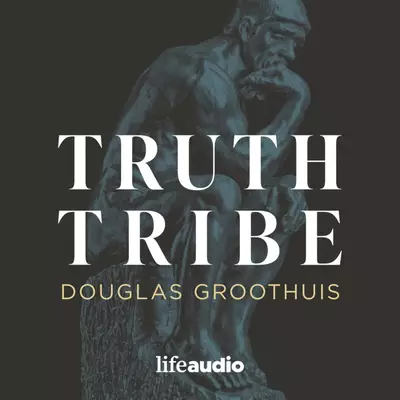Easter Life and the Facts of History
Easter commemorates and celebrates a historical event unlike any other: the resurrection of Jesus Christ from the dead. But what is the significance of the resurrection? And how can we know it really happened?
The four Gospels report that Jesus predicted his death, burial, and resurrection. He was born to die. All of his wondrous teachings, healings, exorcisms, and transforming relationships with all manner of people—from fishermen to tax collectors to prostitutes to revolutionaries—would be incomplete without his crucifixion and resurrection. Shortly before his death, “Jesus began to explain to his disciples that he must go to Jerusalem and suffer many things at the hands of the elders, chief priest and teachers of the law, and that he must be killed and on the third day be raised to life” (Matthew 16:21). Peter resisted this grim fact, but Jesus rebuked him. There was no other way (vs. 22-23). For, as Jesus had taught, he “did not come to be served, but to serve, and to give his life as a ransom for many” (Matthew 20:28).
Easter is the core of the Christian faith and life. Without the bodily resurrection of Jesus Christ, there is no gospel message, no future hope, and no new life in Christ. With the resurrection, Christianity stands unique in all the world: no other spiritual movement is based on the resurrection of its divine founder. When Jesus announced, “I am the resurrection and the life” (John 10:25), he meant it and he demonstrated it. Let us, then, leave our dead ways and follow him today and into eternity.
Discover more Christian podcasts at lifeaudio.com and inquire about advertising opportunities at lifeaudio.com/contact-us.

Website: https://www.DouglasGroothuis.com
